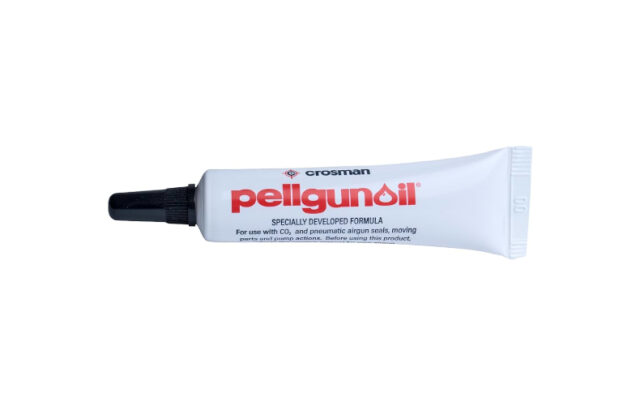Proper maintenance and care of your plinking gear ensure safety, reliability, and longevity of your firearms and airguns. Here’s a comprehensive guide on how to keep your equipment in top condition:
Cleaning Your Gun
Regular cleaning is essential to prevent malfunctions and maintain accuracy.
Cleaning Supplies
Cleaning Rod or Bore Snake: Used to clean the inside of the barrel.
Cleaning Patches: Small pieces of cloth used to apply cleaning solvent and oil.
Solvent: Breaks down carbon, lead, and copper fouling inside the barrel.
Gun Oil: Lubricates and protects metal parts from rust and corrosion.
Brushes: Nylon or brass brushes for scrubbing the barrel and other components.
Q-tips and Rags: For cleaning small parts and wiping down the gun.
Cleaning Process
Unload the Gun: Ensure the gun is unloaded and the magazine is removed before cleaning.
Disassemble the Gun: Follow the manufacturer’s instructions for disassembling your firearm or airgun.
Clean the Barrel: Use a cleaning rod or bore snake with a patch soaked in solvent to clean the barrel. Run it through several times to remove fouling.
Brush the Barrel: Use a bore brush to scrub the inside of the barrel, then run another solvent-soaked patch through.
Oil the Barrel: Run a patch with a small amount of gun oil through the barrel to protect it from rust.
Clean Other Parts: Use brushes, Q-tips, and rags to clean other components, applying solvent where necessary.
Lubricate Moving Parts: Apply a light coat of gun oil to moving parts to ensure smooth operation.
Reassemble the Gun: Follow the manufacturer’s instructions to reassemble your firearm or airgun.
Wipe Down the Exterior: Use a rag with a small amount of oil to wipe down the exterior of the gun, removing fingerprints and providing a protective layer.
Storing Your Gun
Proper storage protects your firearms and airguns from damage and unauthorized access.
Storage Options
Gun Safe: A secure, locked container that provides the best protection against theft and unauthorized use.
Gun Cabinet: A locked cabinet offering some security, suitable for storing multiple guns.
Gun Case: A portable option for transporting and storing a gun, providing protection from dust and damage.
Storage Tips
Temperature and Humidity: Store your guns in a cool, dry place to prevent rust and corrosion. Use a dehumidifier or silica gel packs if necessary.
Unload Your Guns: Ensure all guns are unloaded before storing them.
Use Gun Socks: Consider using silicone-treated gun socks to protect your firearms from moisture and scratches.
Secure Ammunition Separately: Store ammunition in a separate, secure location away from firearms.
Periodic Maintenance
In addition to regular cleaning, periodic maintenance checks are essential to ensure your gun remains in good working order.
Inspect for Wear and Tear
Regularly check for signs of wear, such as cracks, rust, or loose parts. Address any issues promptly to prevent further damage.
Pay special attention to springs, screws, and other small components that may wear out over time.
Replace Worn Parts
Replace worn or damaged parts as needed. Consult your gun’s manual or a professional gunsmith for guidance on replacing specific components.
Professional Servicing
Consider having your gun professionally serviced periodically, especially if you notice any persistent issues or if you use it frequently. A professional gunsmith can perform thorough inspections, deep cleaning, and necessary repairs.
Airgun-Specific Maintenance
Airguns have some unique maintenance requirements compared to firearms.
Lubrication
Use silicone oil or grease specifically designed for airguns to lubricate moving parts. Avoid petroleum-based oils, as they can damage seals and O-rings.
Pressure Check
If your airgun uses CO2 cartridges or a compressed air system, check for leaks and ensure proper pressure levels. Replace any faulty seals or O-rings.
Cleaning
Clean the barrel and exterior similarly to a firearm, but take extra care with delicate components like seals and O-rings.
By following these maintenance and care guidelines, you can ensure your plinking equipment remains safe, reliable, and accurate. Regular cleaning, proper storage, and periodic maintenance will help extend the life of your firearms and airguns, providing you with many years of enjoyable plinking.







